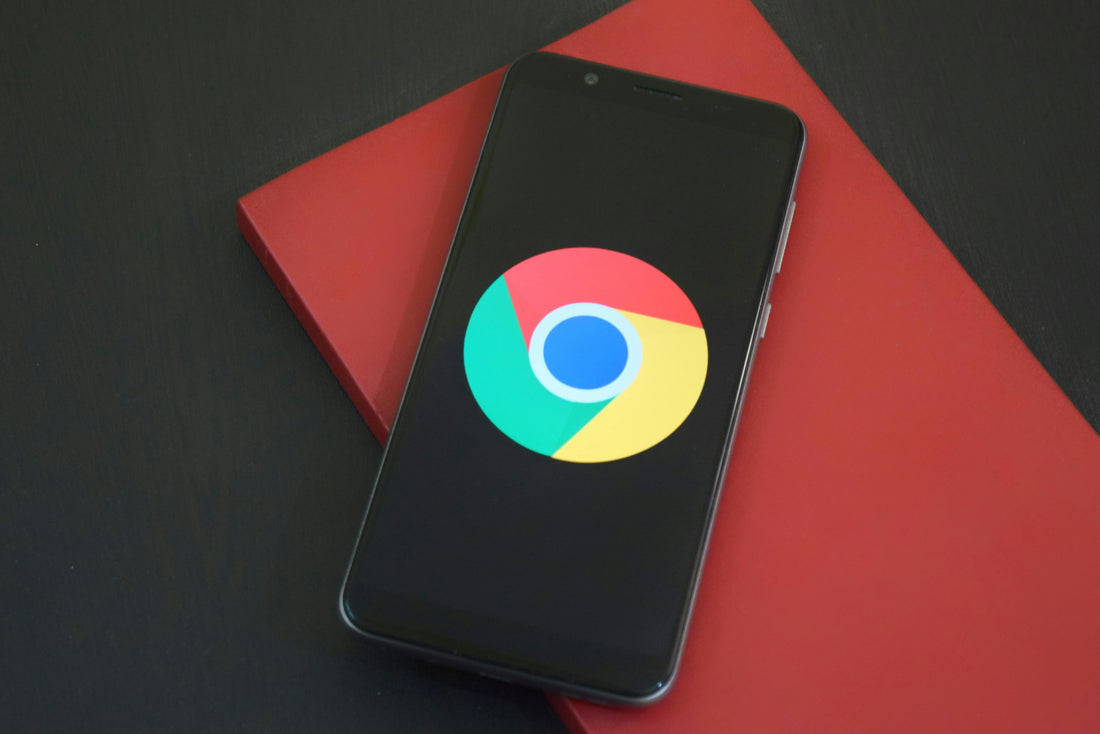As a small business owner, you’re likely an expert juggler. You manage inventory, lead your team, handle customer service, and still try to find time to grow your business.
But when your customers are getting hit by a barrage of marketing messaging from all directions, getting noticed can seem like an uphill battle. How do you make sure the right people find you at the exact moment they need what you offer?
That’s where Google Ads comes in. It’s a powerful, scalable tool that helps businesses of all sizes connect with their ideal audience.
How does it work? How do you get started? And, perhaps most importantly, does it work? Let’s break it down.
Why Google Ads is a Game-Changer for Small Businesses in 2025
Think of Google Search as the world’s biggest marketplace. Every day, billions of people go there with a specific need or question. They’re looking for "best running shoes for flat feet," "emergency plumber near me," or "unique birthday gift for mom."
With Google Ads, you can place your business directly in front of these motivated searchers.
What is Google Ads and How Does It Work?
Google Ads, formerly known as Google AdWords, is an online advertising platform. At its core, it operates on an auction-based system where you bid to have your ads shown to relevant audiences. You’ve seen these ads at the top of your search results, marked with a small "Sponsored" label.
When someone types a query into Google, Google looks at the advertisers who are bidding on keywords related to that query. It then runs a lightning-fast auction to decide which ads to show and in what order.
This decision isn’t just based on who bids the most money. Google also considers the quality and relevance of your ad and your landing page, which helps make sure users get good results. Most often, you pay on a pay-per-click (PPC) basis, meaning you only spend money when someone is interested enough to click on your ad.
A common question is about the difference between Google Ads and SEO (Search Engine Optimization).
Think of it this way: Google Ads gives you immediate visibility. You can set up a campaign and start appearing in search results today. SEO is a long-term strategy focused on earning your spot in the organic (unpaid) search results by creating valuable content and building your site’s authority. Both are important, but Google Ads provides the speed and control that can drive sales right away.
The Core Benefits for Your Business
So, how can Google Ads really help your business? It’s all about connecting with the right people at the right time. The platform is designed to help you achieve specific business goals, whether that’s making the phone ring, bringing people to your physical store, or driving online purchases.
For small businesses, Google Ads is still absolutely worth it in 2025. Its biggest advantage is the incredible targeting capability. You can reach people based on their location, age, interests, and, most importantly, what they are actively searching for. This means you’re not wasting your budget on people who aren’t interested. Instead, you're reaching new customers and generating quality leads.
The return on investment is measurable. You can track exactly how much you spend and what you get back in return, often measured as Return on Ad Spend (ROAS). Plus, with the power of Google AI, campaigns are becoming smarter and more automated, helping you get better results with less manual effort.
Getting Started: Setting Up Your Google Ads Account for Success
Ready to jump in? Setting up your account is the first step. The process is straightforward, but a few key choices here can set you up for long-term success.
Creating Your Google Ads Account
First, head over to the Google Ads website and sign up with your Google account. Google will guide you through the initial setup, asking for your business name and website.
Link your new Google Ads account to Google Analytics. This integration allows you to see what visitors do after they click your ad, like which pages they visit or whether they complete a purchase.
This data is invaluable for understanding your customers and optimizing your campaigns. If you manage ads for multiple businesses, you might consider setting up a Manager Account, which lets you control several ad accounts from a single dashboard.
Understanding Your Budget
"How much does Google Ads cost?" is one of the most common questions, and the answer is: it’s up to you. You have complete control over your monthly budget. You can set a daily spending cap to make sure you never go over what you’re comfortable with.
$10 a day can be a great starting point. At that level, you can begin to gather data, learn how the platform works, and see what resonates with your audience.
However, in competitive industries, a small budget might limit your reach, so it’s important to set realistic expectations. As you start to see a positive ROAS, you can reinvest those profits to scale your budget and your results.
Finding Free Ad Credit
Who doesn't love a good deal? Google often runs promotions to help new advertisers get started. The most common offer is a credit match, like "spend $500 and get $500 in ad credit."
To find the latest offers, check the official Google Ads website before you create your account. This free credit is a fantastic way to extend your initial budget and gather more data as you learn the ropes.
Choosing the Right Google Ads Campaign for Your Goals
Google Ads isn't a one-size-fits-all platform. There are several different types of Google Ads campaigns, each designed to help you meet specific business objectives. Choosing the right one is key to getting the results you want.
Reaching Active Searchers with Search Campaigns
Search ads are the bread and butter of Google Ads. These are the text-based ads that appear on Google Search results pages when a potential customer is actively looking for products or services like yours. Because they capture people with high intent, Search campaigns are perfect for generating leads, phone calls, and website traffic.
Visual Storytelling with Display, Video, and YouTube Ads
Sometimes you need to reach people before they even start searching.
-
Display Ads: These are the visual banner ads you see on websites, apps, and news sites across the internet. They’re great for building brand awareness and reminding past website visitors about your business (a strategy called remarketing).
-
Video Ads: With Video ads, you can tell a compelling story. These ads run on YouTube and other Google video partners. From short, unskippable bumper ads to longer, in-depth product demos, YouTube ads offer a dynamic way to engage your audience.
E-commerce Power with Shopping Ads
If you run an e-commerce store, Shopping Ads are a must. These ads showcase your products directly in the search results, complete with an image, price, and your store name. They are visually appealing and give shoppers key information at a glance, making them highly effective for driving online sales.
The Future is AI: Understanding Performance Max
Performance Max is Google’s newest and most advanced campaign type. It’s a goal-based campaign that uses AI to find you more customers across all of Google's channels from a single campaign.
You provide the goals, budget, and creative assets (like text, images, and videos), and Google’s AI gets to work, automatically showing the right ad to the right person at the right time on Search, YouTube, Display, Gmail, and more. For small businesses, Performance Max can be a highly efficient way to maximize results.
Other Key Campaign Types
There are also more specialized campaigns, like App Ads, which are designed specifically to drive downloads and engagement for your mobile app.
Best Practices for Creating and Optimizing Your Campaigns
Launching a campaign is just the beginning. The real magic happens with continuous testing and optimization.
Crafting Ads That Convert
Your ad is your digital storefront. To be effective, it needs to grab attention and persuade users to click. Some tips:
-
Use a Strong Call-to-Action (CTA): Tell people exactly what you want them to do. Use clear, action-oriented phrases like "Shop Now," "Get a Free Quote," or "Book Your Appointment."
-
Highlight Your Unique Selling Proposition (USP): What makes you different? Is it free shipping, a 24-hour service, or sustainable materials? Make it stand out.
-
Align Ad Copy with Keywords and Landing Pages: Ensure your ad copy is directly related to the keywords you're bidding on and that the landing page continues the conversation. A consistent message from keyword to click to conversion builds trust.
Improving Your Quality Score
Google rewards advertisers who provide a good experience for users. It measures this with something called Quality Score, a rating from 1 to 10 for your keywords. A higher Quality Score can lead to lower ad costs and better ad positions. The three main components are:
-
Expected Click-Through Rate (CTR): How likely is your ad to be clicked?
-
Ad Relevance: Does your ad match the intent behind a user's search?
-
Landing Page Experience: Is your landing page relevant, useful, and easy to navigate?
Improving these three areas tells Google you’re a quality advertiser, and you’ll often be rewarded for it.
Continuous Optimization for Better ROAS
Your Google Ads campaign is not a "set it and forget it" machine. To get the best ROAS, you need to monitor performance and make regular adjustments.
-
Monitor Keywords: Add new keywords that are driving conversions and pause ones that are spending money without results.
-
A/B Test Ad Copy: Always be testing. Try different headlines and descriptions to see what resonates most with your audience.
-
Analyze Performance Data: Dive into your reports in real-time. Which campaigns are performing best? Which devices are people converting on? Use these insights to adjust your bids and budget allocation.
A Note on Google AdSense
You may have also heard about Google AdSense and wondered how it fits in.
The simplest explanation is that Google Ads is for advertising your business on Google's network. Google AdSense, on the other hand, is for website owners and content creators who want to monetize their own sites by displaying ads from the Google network.
So, if you’re a blogger with high website traffic, you could use AdSense to earn revenue when visitors click on the ads displayed on your pages. But if your goal is to promote your own products or services, you’ll be using Google Ads.
Get Ready to Grow with Google Ads
Google Ads is an incredibly accessible and powerful tool that puts your small business on a level playing field with the biggest brands. It empowers you to find new customers and drive sales by connecting with people who are already looking for what you offer.
Start by defining your primary business goal. Is it to generate leads, sell products, or build brand awareness? From there, you can explore the campaign type that best fits that objective. And don’t forget to check out the Google Ads Help section or use the Google Ads mobile app for on-the-go management.
Feeling overwhelmed? The experts at Kinetic319 are here to help. Contact us today for a free consultation and learn how we can build a Google Ads strategy that delivers results for your business.

